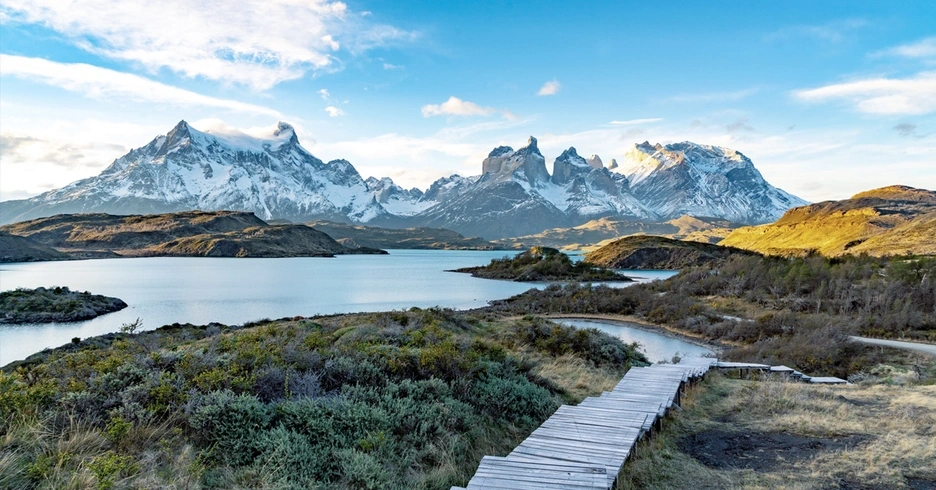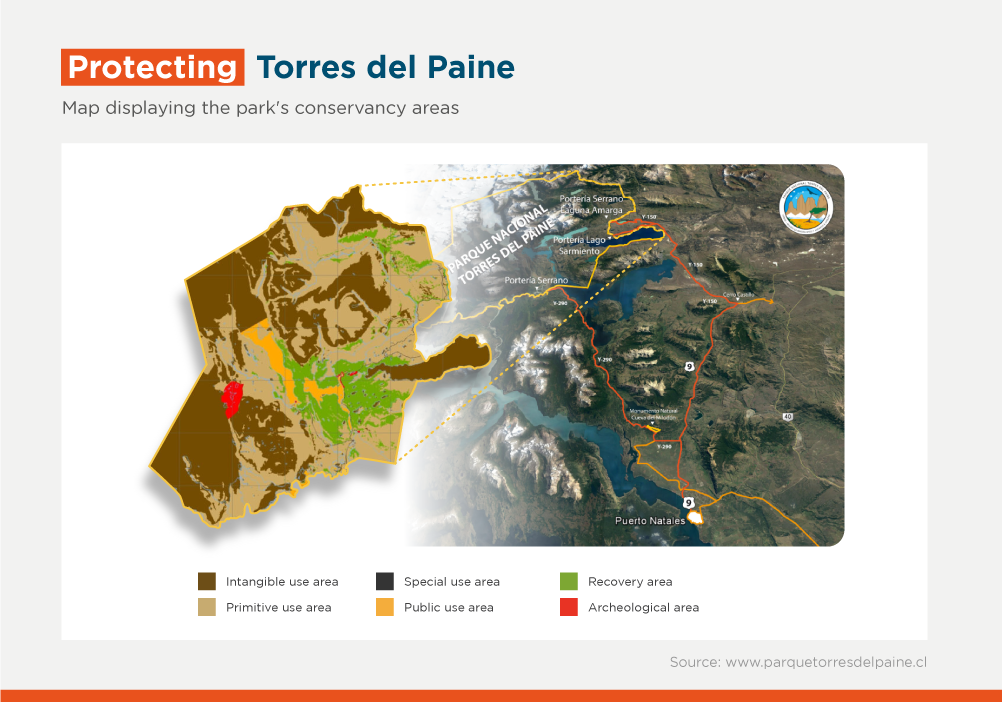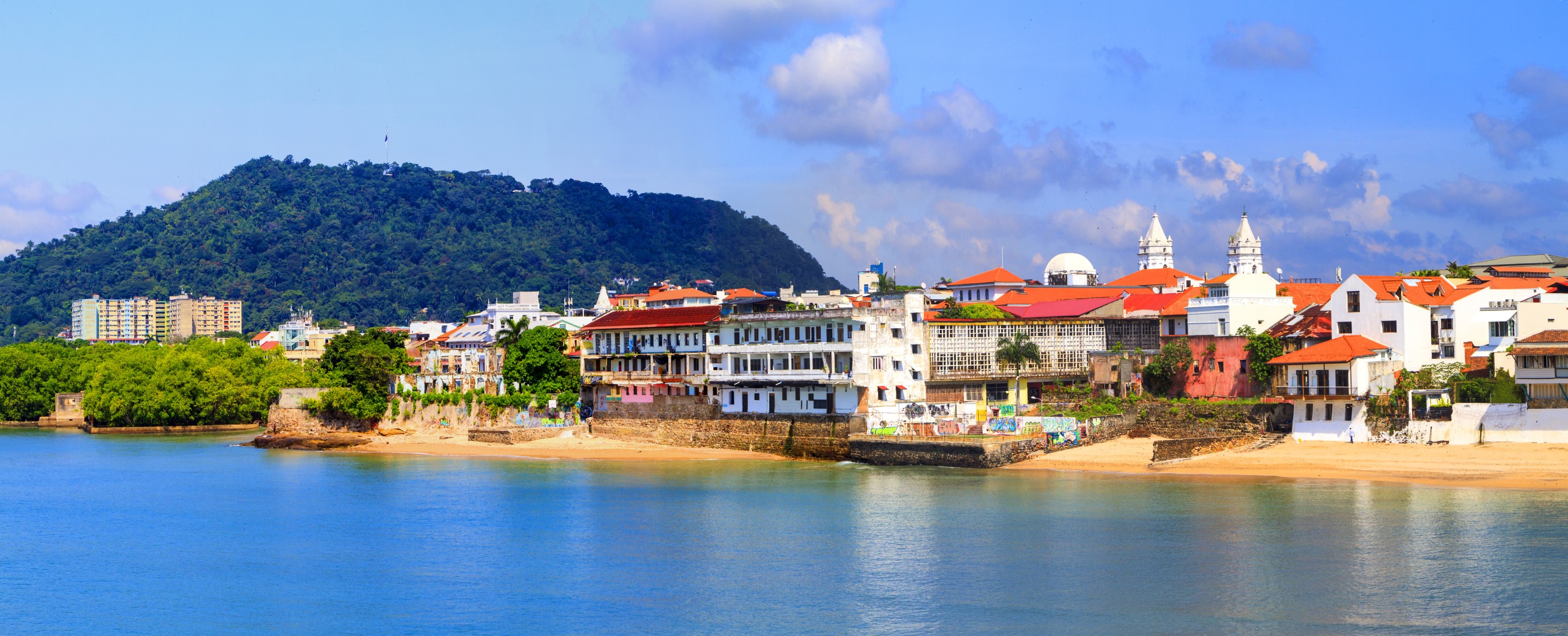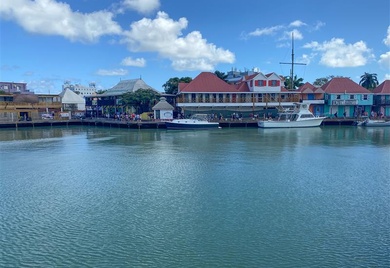Boosting Sustainable Tourism to Promote Land Conservation

Sustainable tourism is a great answer to a tricky question: how to finance land conservation efforts and preserve natural ecosystems even as the industry faces a wide and growing funding gap.
Current conservation financing relies primarily on government budgets, which are dwindling in Latin America and the Caribbean (LAC), and philanthropic donations or grants, which also remain uncertain and lack the steadiness to sustain a long-term programmatic conservation agenda.
The lack of substantial scalability and replicability of current conservation finance models makes institutional financing elusive, preventing the widespread adoption of land conservation initiatives. Transitioning to newer, more modern, and self-sustaining conservation models, as well as obtaining access to more certain and plentiful sources of adequate and tailored financing would help with this problem.
Government financing to promote land conservation initiatives is constantly under pressure—especially in the aftermath of COVID-19—as investments in health, education, and infrastructure take priority on annual budgets. Given that the benefits of sustainability efforts tend to materialize on a mid- to long-term basis, these programs often take a back seat as governments advance initiatives that are more tangible and focus on more immediate returns.
As such, land conservation efforts are left unattended and highly underfunded. According to a report produced in collaboration by the Paulson Institute, the Nature Conservancy and the Cornell Atkinson Center for Sustainability, the funding gap between the current investment in global biodiversity conservation efforts and what is actually needed is between $598 billion and $824 billion per year. What is worst, there is no evidence suggesting that this gap will be closed soon.
Conservation has also relied on a static and outdated philanthropic model that depends on the good will of donors with capital to promote targeted programs and initiatives. Such structures are not efficient or predictable, which forces the need to transition to other self-sustaining models with more consistent and reliable income streams.
A case in point is Explora, a Chilean-based exploration hospitality company with award winning lodges throughout South America, that is putting land conservation efforts at the heart of its operations. With the creation of a 6,000-hectare land conservation reserve adjacent to the Torres del Paine Natural Park in Chile, Explora will preserve and regenerate ecosystems that were affected by over-grown cattle ranching activities in the past.

Approximately 99% of the land will be devoted to conservation and protection, while the remaining 1% will feature for-profit sustainable hospitality concepts that promote research and education, with a business model that covers the operational expenses related to the entirety of the conservation efforts. In collaboration with The Nature Conservancy, the conservation and regeneration agenda will be financed through an endowment originating from the sale of land equity shares to investors.
By combining a business enterprise model with a non-profit commitment, Explora is able to expand and accelerate its conservation agenda, making it scalable with programmatic financing in perpetuity. Earlier this year, IDB Invest extended financing to Explora, reaffirming the importance of supporting new and innovative conservation models, with the expectation of replicating it to other locations in LAC.
While introducing creative self-sustaining solutions to the conservation dilemma is a good start, the lack of scale and replicability remains a challenge. Thus far, new conservation models remain limited to one-offs, small in scale and mostly anecdotal, driven primarily by passionate developers who want to do the right thing and have patient capital.
Moving from donor-driven to investor-driven financing is key for establishing conservation as a return-oriented asset class. According to a research document on Conservation Finance prepared in collaboration between Credit Suisse, the WWF and McKinsey & Company, there are enough resources to meet global conservation demand by reallocating merely 1% of new and reinvested capital.
As part of this reallocation of capital, sustainable tourism investments can play an important role in institutional portfolios as they can generate sustained revenue streams and provide a path to scale. One way to refocus efforts is to redirect investments to greenfield projects affiliated with world-class hospitality brands that are already making significant efforts to integrate conservation initiatives within their operations, as is the case of Six Senses and Aman, among others.
Conservation efforts could be further expanded as these brands have global presence and reach, strong relationships with current owners and new investors, and have reliable and proven operating models that provide investor confidence in pursuing such initiatives.
Banks and financial institutions are another essential piece of the puzzle to keep promoting the robust expansion of land conservation initiatives. Thematic bonds such as green, social, sustainable bonds and more recently sustainability-linked bonds (SLBs), have become important financial instruments to promote a sustainable and inclusive agenda, as banks balance the assessment and pricing of risk while rewarding responsible sustainable practices.
With a market of more than $60 billion in LAC, SLBs represent one of the fastest growing segments within the sustainable finance market, with most issuances related to environmental and decarbonization initiatives and the preservation of natural ecosystems. These instruments offer transparency on the investment product, clear information on returns and associated risks, as well as assurances on its overall conservation impact. As these bonds become mainstream, hospitality operators looking to abide by environmental, social and government (ESG) principles could benefit from access to new forms of financing as they pursue a robust conservation agenda with measurable targets.
Done the right way, tourism businesses have an opportunity to pursue land conservation efforts in a sustainable manner, without creating a financial burden to their operations, and paving the way for scalable institutional solutions as this asset class continues to mature. By incorporating a robust conservation strategy in their operating models, tourism business benefit from accessing both new types of impact investors and innovative finance instruments such as SLBs or blended finance solutions, making their contribution in bridging the ever-expanding financing gap for conservation of natural ecosystems.
LIKE WHAT YOU JUST READ?
Subscribe to our mailing list to stay informed on the latest IDB Invest news, blog posts, upcoming events, and to learn more about specific areas of interest.
Subscribe



